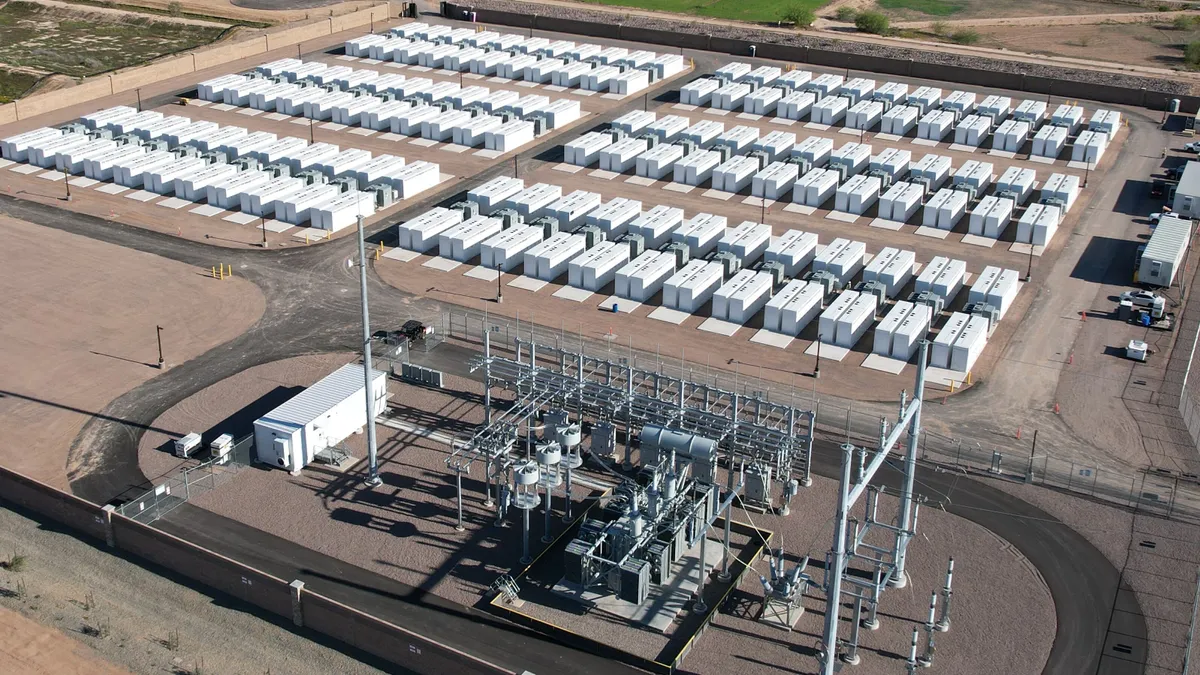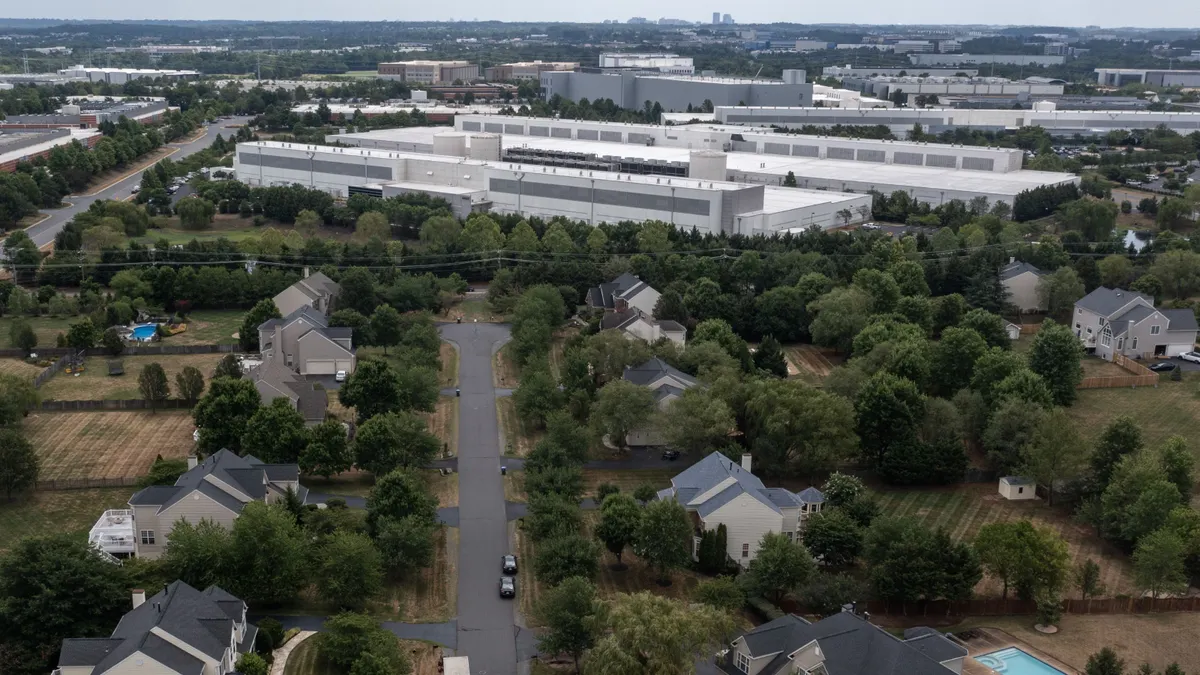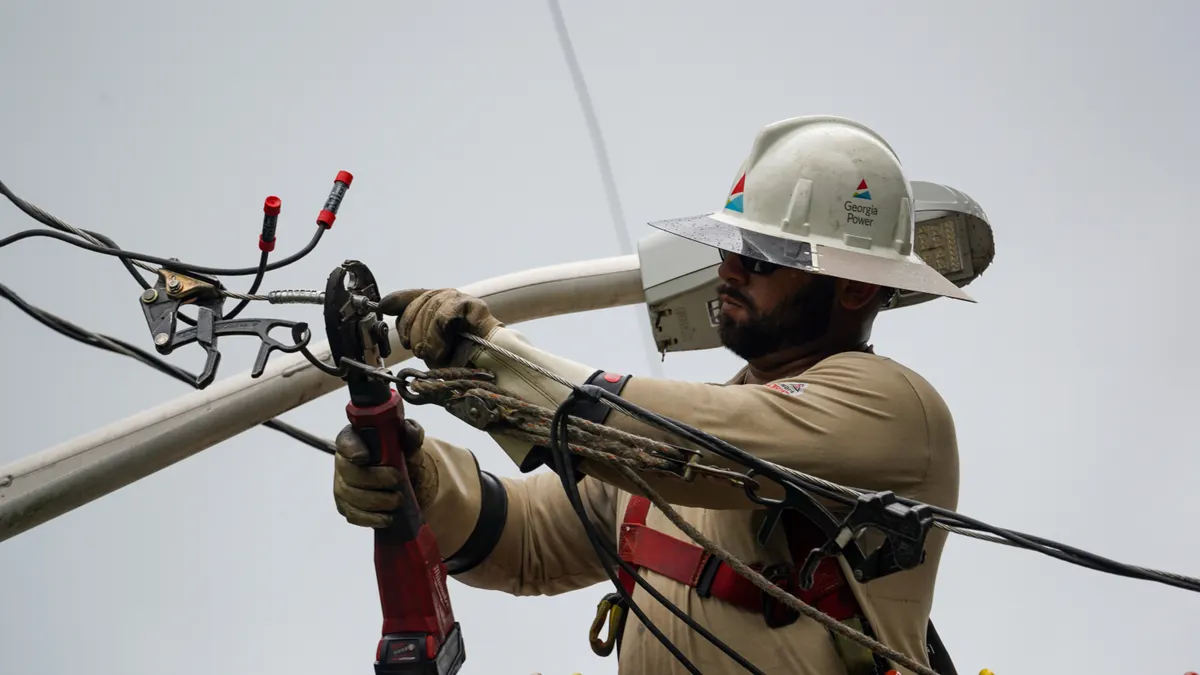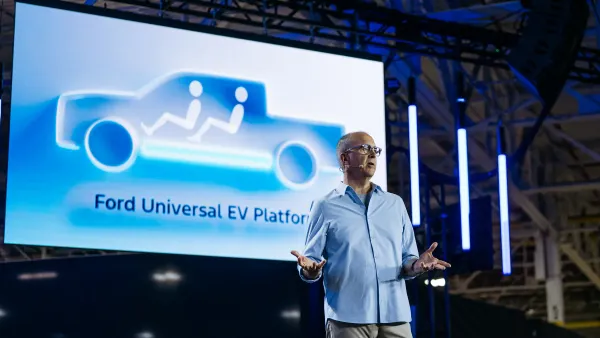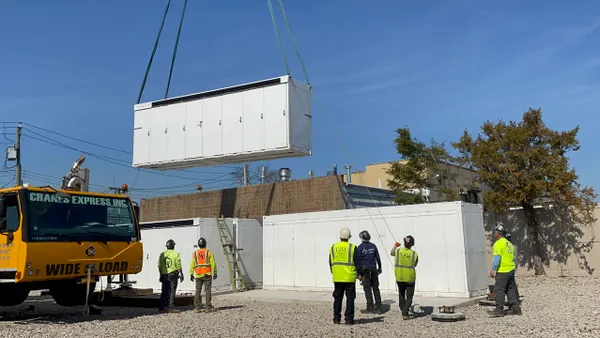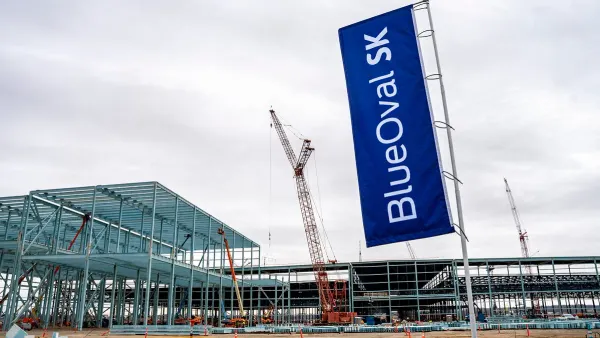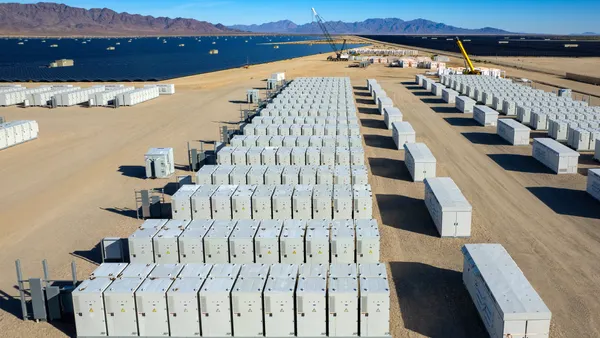Dive Brief:
- The U.S. energy storage industry will invest $100 billion over the next five years to build and buy batteries made in the United States, the American Clean Power Association and company representatives said Tuesday.
- The announcement adds about $85 billion to a set of “active investments” worth $10 billion to $15 billion, executives with the trade group said in a press briefing.
- The commitment “represents a clear pathway to supplying 100% of U.S. energy storage projects with American-made batteries by 2030,” but depends on a “streamlined permitting environment” and predictable tax and trade policy, ACP said.
Dive Insight:
In 2018, Federal Energy Regulatory Commission Order 841 freed energy storage resources to participate in wholesale markets operated by regional transmission organizations and independent system operators. Stationary storage deployment has grown more than 25-fold since then, ACP said.
More recently, surging electric vehicle adoption, particularly in China, and improved lithium-ion battery economics have helped drive average levelized energy costs for wind and solar installations firmed with batteries below the cheapest thermal alternatives.
The stationary storage industry’s fortunes improved further with the August 2022 enactment of the Inflation Reduction Act, which included billions in federal tax credits for clean energy manufacturing, deployment and generation. U.S. energy storage supply chain companies now have 25 factories in development, 11 of which are under construction or operational, according to the ACP fact sheet.
These manufacturing investments include a new Tesla refinery near Corpus Christi, Texas, and an expanded manufacturing footprint at its Megapack factory near Reno, Nevada; multiple Fluence plants in the southern and western U.S.; and the West Virginia factory where Form Energy is commercializing iron-air batteries that can discharge continuously for four days.
COVID-era disruptions across the global battery supply chain convinced Fluence that an energy storage market as robust as the United States’ needed a stronger domestic manufacturing base, Fluence Americas President John Zurancik said in the press briefing. The company’s U.S. investments are now bearing fruit as it expects to deliver its first U.S.-made lithium-iron-phosphate, or LFP, batteries this week for deployment later this year, he said.
Like Fluence, LG Energy Solution Vertech expects to significantly expand its U.S. manufacturing operations in 2025 and 2026. The South Korean battery powerhouse will adapt existing production lines at its Holland, Michigan, factory to deliver 16.5 GWh of stationary storage batteries this year and add 11 GWh of new capacity in 2026, its CEO said in a statement provided by ACP.
While the lithium-ion battery supply chain remains exposed to heavily tariffed Chinese-made inputs, Form Energy sources more than 80% of its battery content in the U.S. and much of the rest from Europe and “non-China Asia,” and is working to re-shore even more, CEO and co-founder Mateo Jaramillo said in the press briefing. Form eventually hopes to source raw iron from U.S. mines in Michigan and Minnesota, he added.
The industry’s $100 billion commitment to support domestic energy storage production “demonstrate[s] what success can look like,” ACP CEO Jason Grumet said in the briefing. Right now, he added, many industry players are in a holding pattern until more clarity develops around tax and trade policy.
“There is a remarkable tension right now between probably the best fundamentals for investment in the energy sector that we’ve seen in a generation and the greatest amount of uncertainty that we’ve seen in a generation,” Grumet said.


